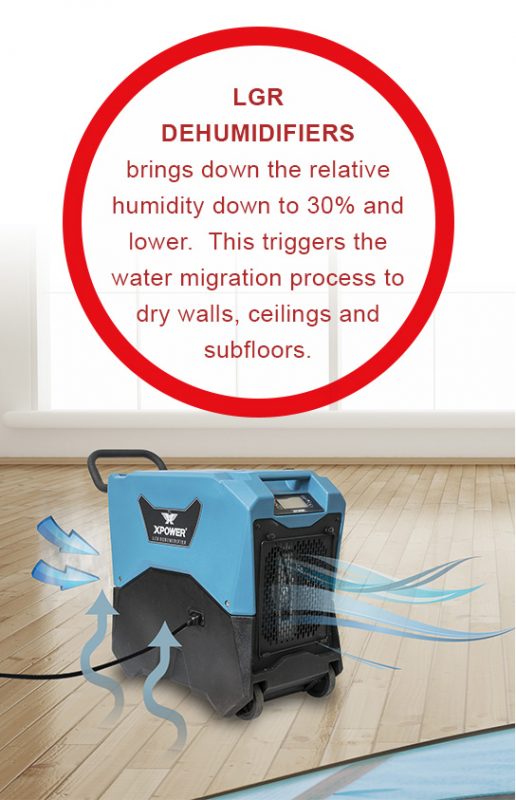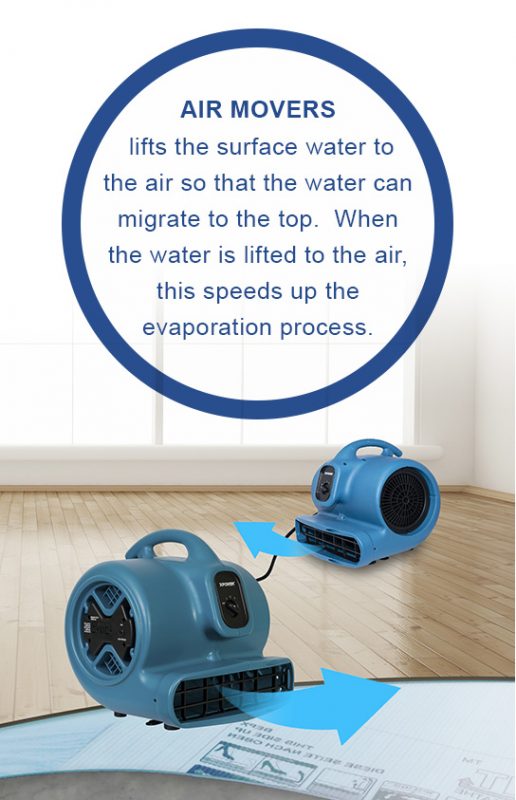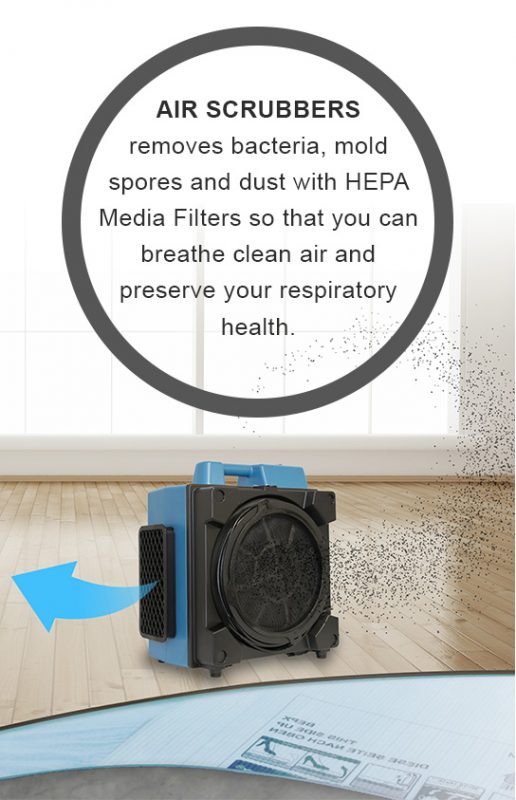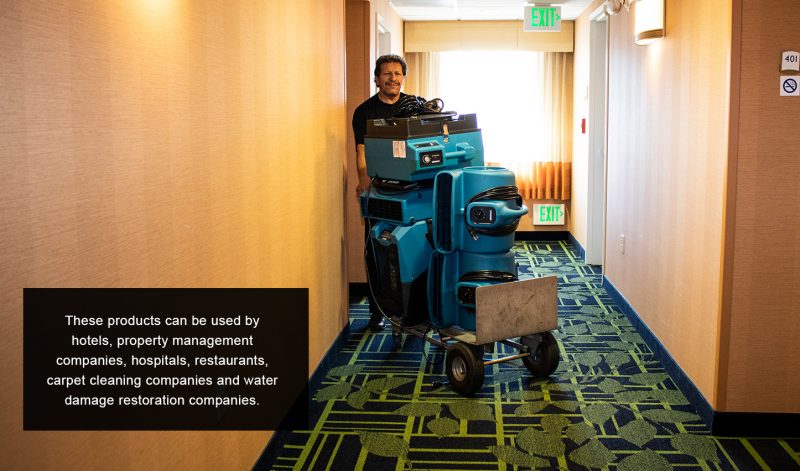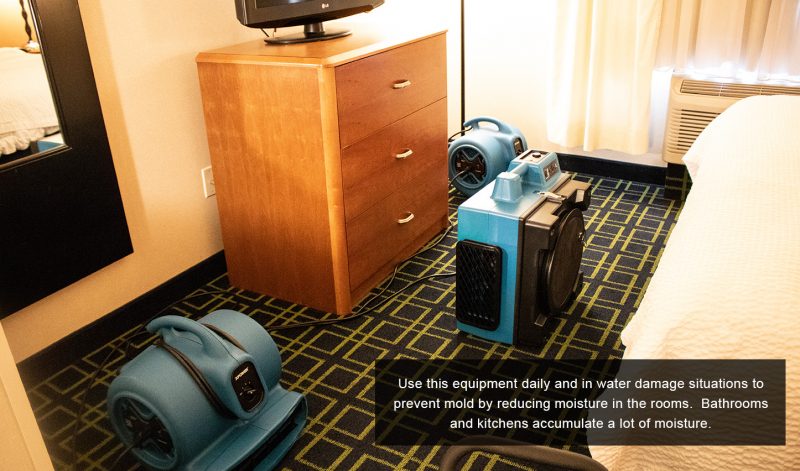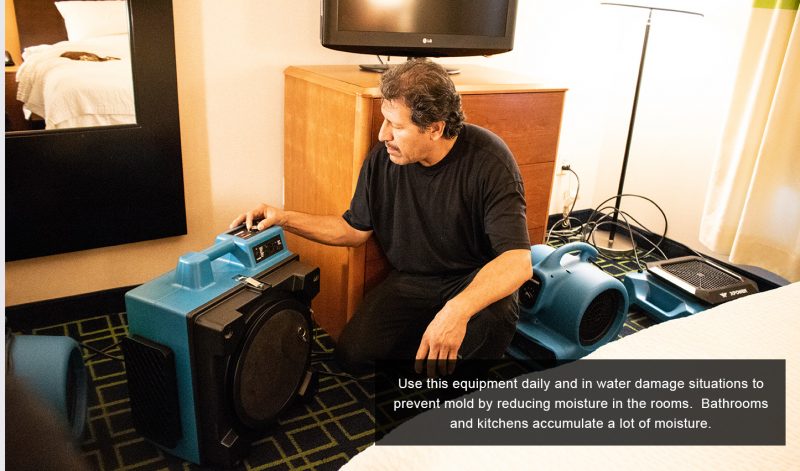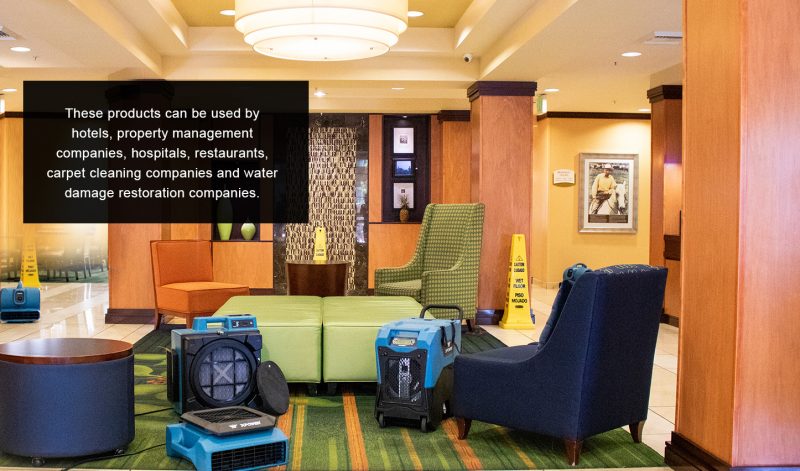MOLDXGONE is a do it yourself solution designed to prevent mold, water damage and dry rooms faster. Water Damage Restoration companies like SERVPRO and 911 Restoration have been using this type of equipment for years. By doing it yourself, you can take care of water damage immediately without wasting precious time by having to wait for insurance companies or waiting for someone to come to you. You will save money by not having to pay deductibles and higher insurance premiums. In the long run you will save money by having the right equipment so that you do not have to pay for expensive mold removal services and replace costly items due to water damage.
✓ Top Rated Professional Equipment
✓ Prevent Mold Daily
✓ Tackle Water Damage Situations ASAP
✓ One Time Investment with High ROIs





